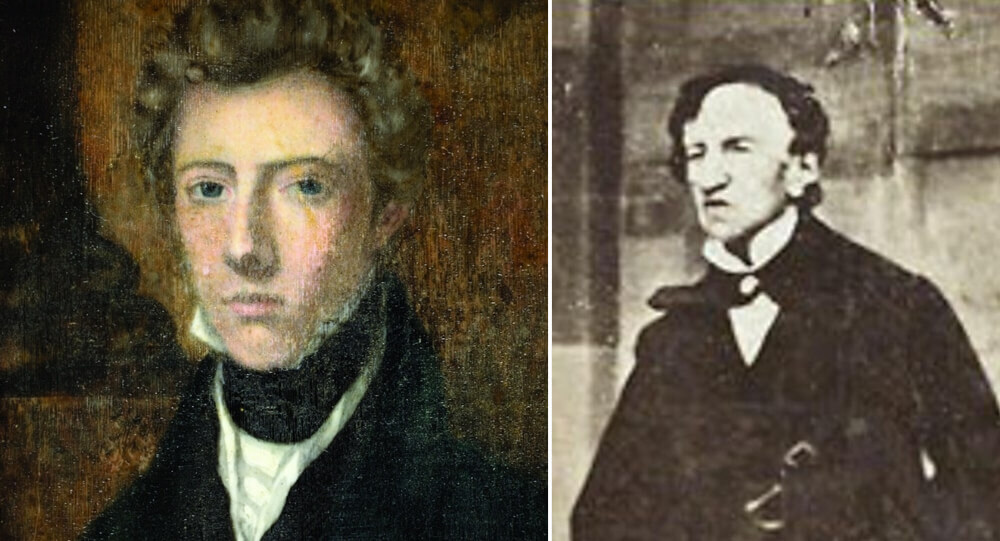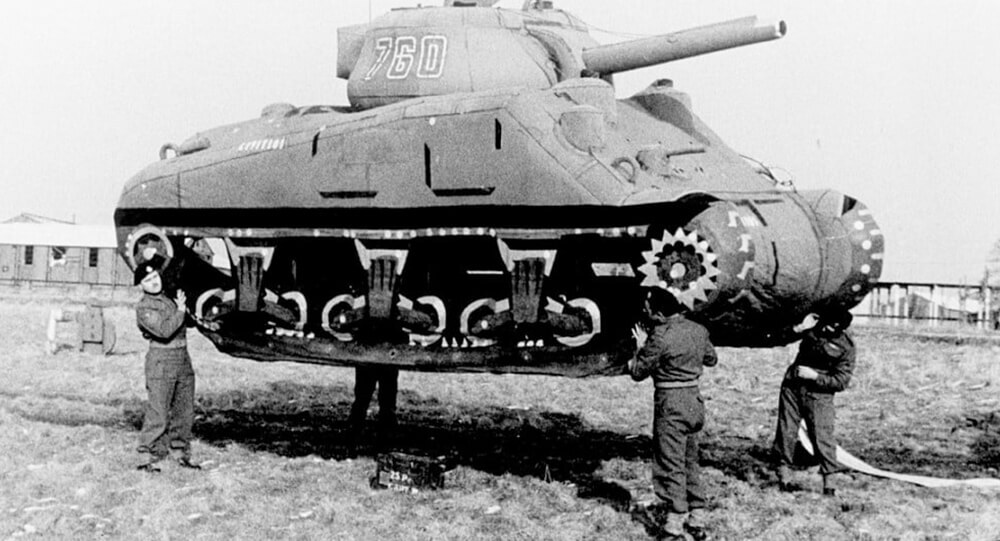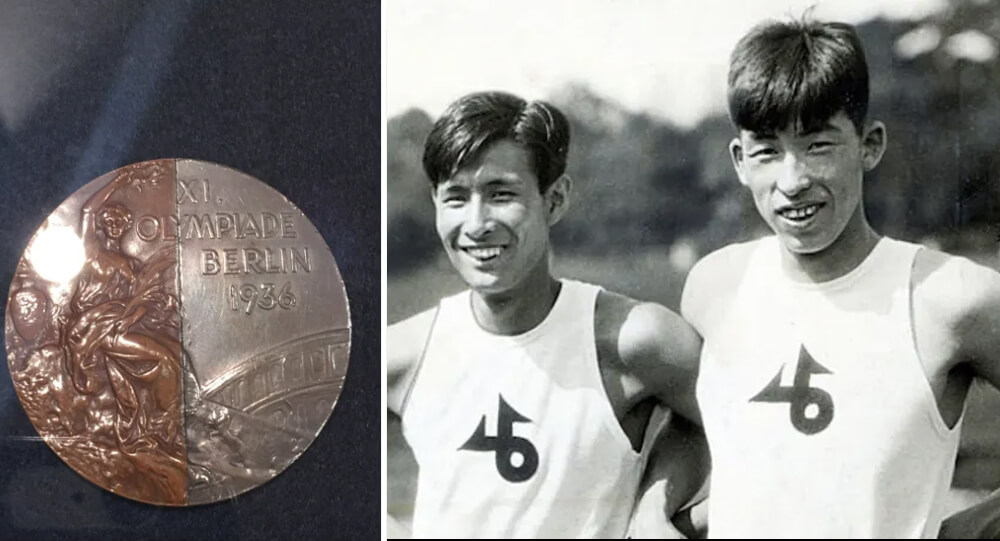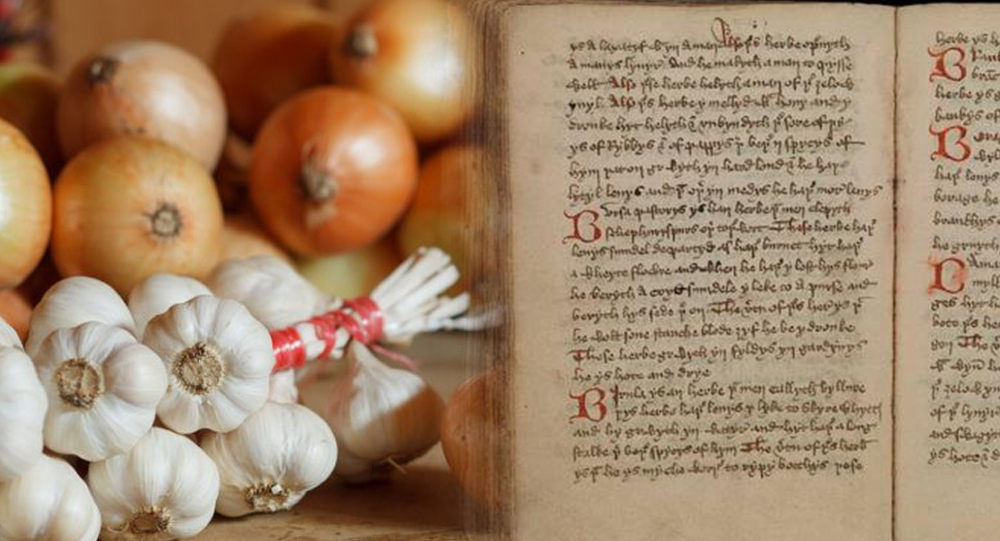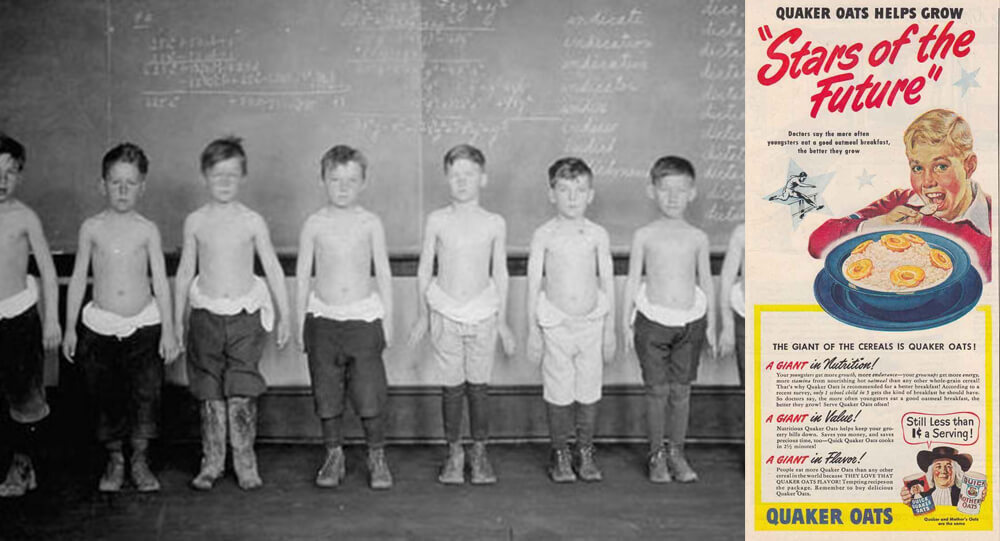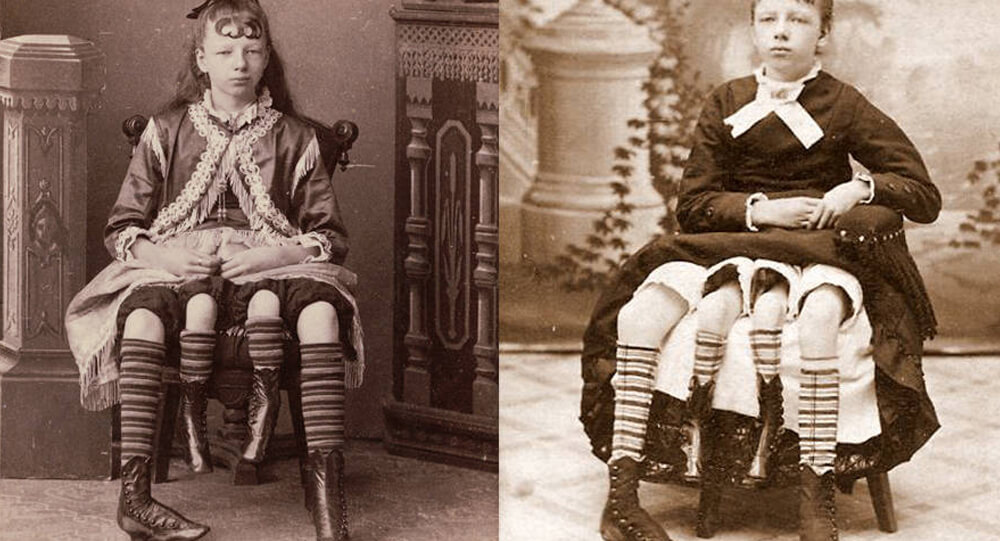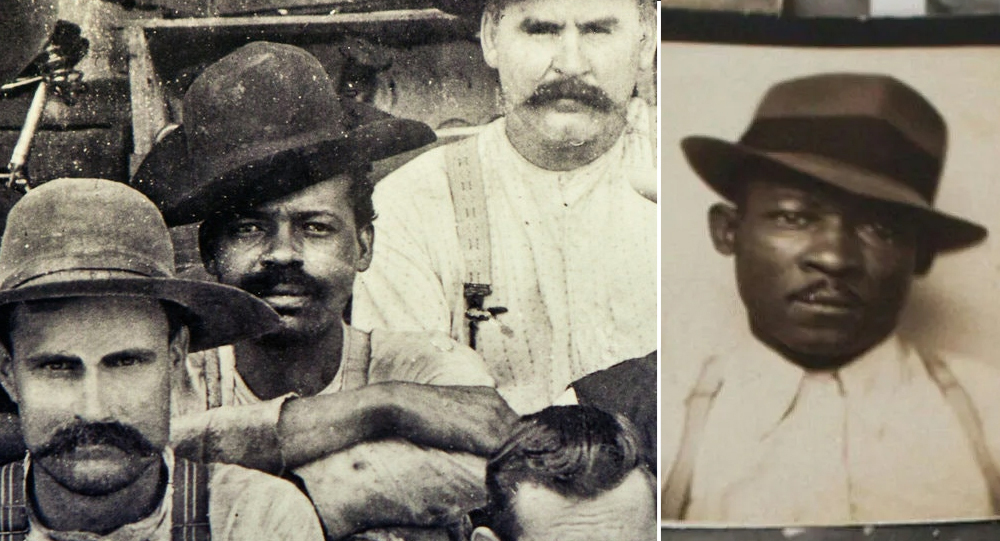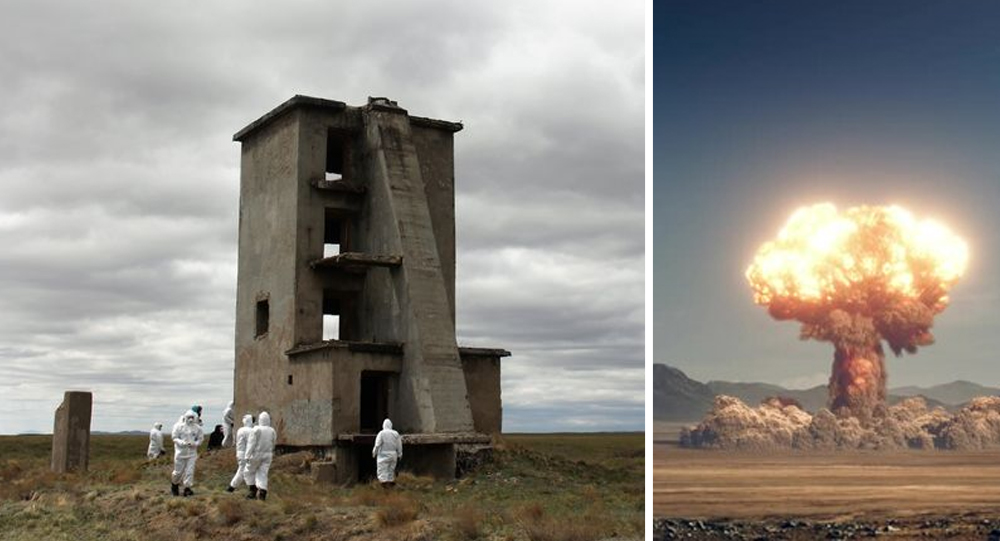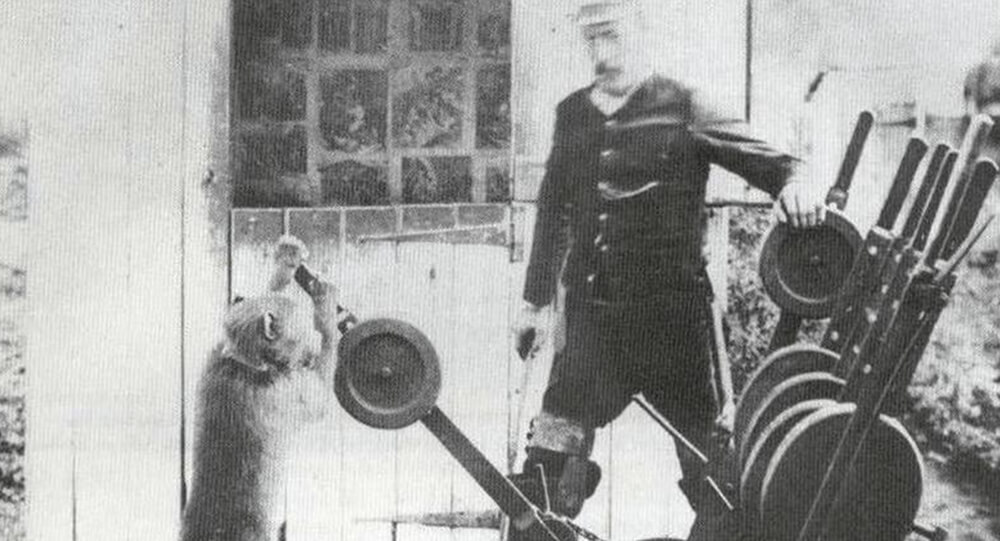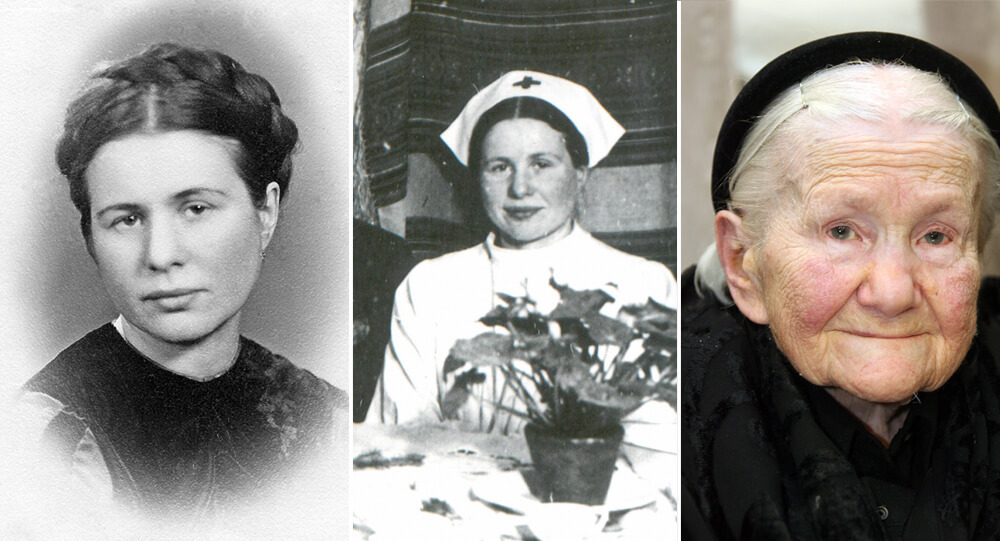

Irena Sendler: woman who rescued Jews during holocaust
Polish social worker, nurse, and head of the children’s division for the Council for Aid to Jews, Zegota, Irena Sendler (an underground resistance group during WWII). She has received the Jan Karski for Valor and Courage and been named a Righteous Among the Nations by Yad Vashem.
Irena Sendler, a humanitarian with a remarkable life story, saved the lives of several Jews during World War II. She is, to put it mildly, an inspirational figure. This essay will examine the life of this important person and her contribution to the Holocaust.
Early life
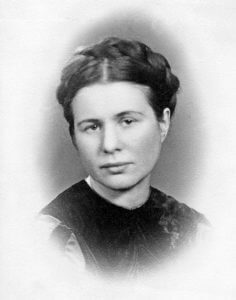
Irena Sendler, also known as Irena Kryzyzanowski at the time of her birth in Warsaw on February 15, 1910, was the child of Janina and Dr. Stanislaw Kryzyzanowski. Irena was raised in Otwock, a nearby town, even though she was born and raised in Warsaw.
When Irena was just seven years old, her father, Dr. Stanislaw Kryzyzanowski, passed away from typhus that he caught while caring for patients. Stanislaw had a significant influence on Irena’s life values despite passing away when she was very young. She said that her father “taught me that if you see a person drowning, you must jump into the water to save them, whether you can swim or not.”
Irena was able to study Polish literature at Warsaw University thanks to the financial support of numerous Jewish community leaders who assisted with Stanislaw’s studies after his passing.
Irena disapproved of the ghetto bench arrangement that had been put in place in various institutions before the war while she was a student. She responded by damaging her grade card, for which reason the university suspended her for three years.
This was the first of Irena’s demonstrations against Jewish discrimination, but it was also the start of her work as a humanitarian, defending the lives of Jews throughout the Holocaust.
How Did Irena Sendler Help During the War?
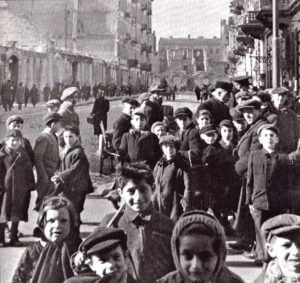
Irena began assisting the city’s Jews by giving them food and drink as soon as World War II began, when the Germans conquered Warsaw, the city where she was born. Irena was unable to reach individuals in need of her help after the city’s ghetto was constructed. She then began to think of further ways to assist.
When the Warsaw Ghetto was created in the year 1940, Irena began to smuggle orphaned kids out of the area. She gained entry to the Warsaw Ghetto and access to the orphaned children who lived there by using her position as a social worker and paperwork from a Contagious Disease staffer (who later joined the underground group Zegota).
following the creation of the Provisional Committee for Aid to Jews (Zegota), an underground Polish resistance organization, in 1942. Irena was shortly named the division’s head for children. Irena and her group at Zegota assisted in the evacuation of some 2,500 Jewish kids from the Warsaw Ghetto. Irena’s team would remove kids from the ghetto using four basic methods, which are as follows:
- through an outdated courthouse close to the ghetto.
- Escape via underground tunnels, like the sewer.
- conceal in a bag of luggage before being rolled out by a trolley.
- via ambulance, concealed under stretchers, pretending to be ill or actually being sick.
Those who were saved were distributed to a variety of orphanages and religious organizations that took in disadvantaged kids. Irena utilized her connections to various locations to bring the kids in under false pretenses. Religious institutions in and near Chotomow, Turkowice, and Lublin, as well as the Rodzina Marii Orphanage, were some of the main locations these kids were transported into.
Why Was Irena Sendler Imprisoned?
Irena was detained on October 20th, 1943, and then taken to Piawiak jail. Irena gave the interrogators false information while she was being tortured to learn more about the other Zegota members. Irena was eventually given a death sentence, but she was spared from execution because other Zegota members paid off jail guards to help her escape.
Nazi officials amusingly reported the day after Irena’s escape that she had been shot, placing posters with this fake information all throughout Warsaw. Irena spent the remainder of the war in hiding before beginning to try to find the parents of the kids she had saved. Sadly, almost all of these parents had perished in the Holocaust.
Later Life
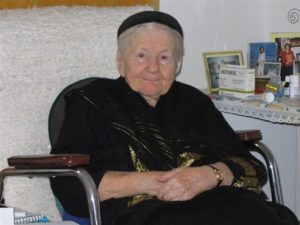
Irena continued working as a social worker after the war was over. She received various honors for her exceptional bravery and courage, including the Jan Karski Award for Valor and Courage and the Righteous Among the Nations from Yad Vashem, which were also mentioned above. Irena has also been nominated for the Nobel Peace Prize and received Poland’s Order of the White Eagle in addition to these accolades.
The remainder of Irena’s life was spent receiving care from Elzbieta Ficowska in Warsaw. Irena sneaked Eizbieta, who was six months old at the time, out of the city’s ghetto.

The mysterious secret of Dr James Barry
Before women were allowed to enroll in medical school, Margaret Ann Bulkley studied medicine and assumed the identity of Dr. James Barry for 56 years while dressing as a man. After 46 years of service as an army doctor officer, her secret was not made public until after her death in 1865.

Vince Coleman, a railway dispatcher, sacrificed his own life
Vince Coleman, a railway dispatcher, sacrificed his life in order to warn an incoming train of an imminent explosion. His telegraph said “Hold up the train. Ammunition ship afire in harbor making for Pier 6 and will explode. Guess this will be my last message. Good-bye, boys.” He saved 300 lives.

What exactly was the US's 'Ghost Army' during WWII?
During WW2, there was a special unit of men dubbed the ‘Ghost Army’. The unit was made of artists, creative and engineers and their job was to create deception about the enemy. From inflatable tanks to phony convoys to scripted conversations in bars intended to spread disinformation, they used all possible tricks to fool the enemy.

Medals of Friendship: The Enduring Olympic Story of 1936
At the 1936 Summer Olympics, two Japanese pole vaulters named Sueo Oe and Shuhei Nishida tied for second, but they declined to compete against each other. As a result, Nishida was awarded the silver medal and Oe won a bronze medal. Upon returning to Japan, the athletes had their medals cut in half and spliced together to create new "friendship medals," which were half silver and half bronze.

Man's Blood Helped Save Millions of Babies
Australian blood donor James Harrison has been one of our most impressive and valued donors, having donated for 60 years. Know his story, how he was a pioneer of our Anti-D program, and why this matters.

Medieval Medicine: A 1,000-year-old onion and garlic salve kills modern bacterial superbugs
Scientists recreated an Anglo-Saxon manuscript-based 9th century onion and garlic eye remedy and discovered that it killed 90% of antibiotic-resistant staph bacteria (MRSA).

Quaker Oats Fed Children with Radioactive Oatmeal
In the 1940s and 1950s, Quaker Oats and MIT conducted experiments on radioactive iron and calcium-containing cereal. The diet was part of a study to see if the nutrients in Quaker oatmeal traveled throughout the body. In January 1998, a $1.85 million settlement was reached for 30 victims who came forward.

How Sleep Deprivation Was Once Used as Torture
Sleep deprivation, long before modern interrogation techniques, was considered a “clean” and effective form of torture—leaving no physical scars, yet breaking minds with haunting silence. Victims endured days and nights without rest, leading to vivid hallucinations, disorientation, and psychological torment. This article traces the dark history of sleep deprivation as a weapon, examines the science behind its effects on the brain, and shines a light on the painful balance between human endurance and cruelty in the annals of coercion.

Sylvan Goldman: The Visionary Who Revolutionized Shopping with the Cart
The inventor of shopping carts, Sylvan Goldman, had to hire several male and female models to push carts around in his store, demonstrate their utility, and explain their use to other customers, due to not catching on initially.

The true story of Josephine Myrtle Corbin, the lady born with four legs and two private parts
Josephine Myrtle Corbin, an American sideshow performer born in 1868, had a rare condition known as dipygus, which caused her to have four legs, each smaller inner leg paired with one of her outer legs. Corbin joined the sideshow circuit, captivating audiences as the "Four-Legged Girl from Texas."

Nearest Green, America's first known Black master distiller
Nathan "Nearest" Green was an African-American head stiller who is now more frequently referred to as a master distiller. He was renowned for imparting his distilling knowledge to Jack Daniel, the creator of Jack Daniel's Tennessee whiskey distiller, after Jack Daniel was freed from slavery following the American Civil War.

History of Treadmill, punishment for prisoners
Treadmills were originally a punishment used to harness human power on a giant wheel used to grind grains, hence the name "treadmill." The History of Treadmill

How Cleveland's Balloonfest in 1986 Turned Into a Public Tragedy
In Cleveland, Ohio, United Way broke the world record by deflating nearly 1.5 million balloons as part of a publicity stunt to raise money. The balloon obstructed a US Coast Guard search for two boaters who were subsequently discovered to have drowned, blocked airport runways, and blocked land and waterways.

Why was the Eiffel Tower almost demolished
The Eiffel Tower was intended to be a temporary structure for the World's Fair in 1889, but it was nearly dismantled and sold for scrap metal. It was saved because of its potential use as a radio antenna, and it now serves as a tourist attraction as well as a working broadcast tower.

The incredible story of a plane that lost its roof in mid-flight and the light signal that saved 94 lives.
On April 28, 1988, Aloha Airlines flight 243 was on the way to Honolulu from Hilo when a huge portion of the upper part of the fuselage blew off the airplane.

The Forgotten Story of Semipalatinsk and the Soviet Nuclear Experiments
Between 1949 and 1989, the Semipalatinsk Test Site in Kazakhstan became the primary location for Soviet nuclear weapons tests, exposing millions of unsuspecting villagers to radioactive fallout. Known as the “Polygon of Suffering,” this remote desert witnessed 456 nuclear detonations that caused widespread health crises, birth defects, and generational genetic damage. This article narrates the chilling legacy of Semipalatinsk, unveiling the human cost of Cold War arms development and the ongoing struggle for healing and recognition in Kazakhstan.

Mother who spent entire life savings for daughter’s cancer treatment won the lottery
A mother won $2 million from a $10 scratch-off lottery ticket after she spent all of her entire life savings to pay her daughter’s cancer treatment. She bought the winning ticket after her daughter’s last cancer treatment.

The worst blizzard in recorded history: the 1972 Iran blizzard
The deadliest snowstorm ever recorded occurred in Iran in 1972. It lasted for a week, burying areas in 26 feet of snow and killing over 4,000 people, including the entire populations of three villages.

How did Howard Florey discover penicillin
Penicillin was discovered by Alexander Fleming, but he never attempted to turn it into an antibiotic. It wasn't until ten years later that Howard Florey discovered Fleming's obscure paper and understood the mold's potential. Up to 200 million lives may have been saved as a result of Florey's work.

The Bizarre (And Magical) Duel Between Chung Ling Soo And Ching Ling Foo
Ching Ling Foo and Chung Ling Soo were two magicians from the early 20th century who were bitter rivals. While Ching Ling Foo was genuinely Chinese, Chung Ling Soo was actually a New Yorker named William Robinson.

Jack the Baboon operated a railroad, earned a living, and never made a mistake
A baboon worked as a signalman for the railroad in the late 1800s. He never made a mistake and worked for the railroad until the day he died.

The Littlest Skyscraper: How J.D. McMahon’s 480-Inch Con Fooled Investors in 1919
In 1919, J.D. McMahon convinced investors to fund a 480-foot skyscraper, but he labeled the plans as 480 inches, building a 40-foot structure instead. After taking $200,000, he won in court since the plans matched what he built.

Poto And Cabengo: The Secret Language Of Twins
Poto and Cabengo, as the two girls called each other, communicated in their own language. The twins were ignored by their parents and secluded from the outside world because their father felt they were developmentally retarded, and their unique language evolved as a result of that neglect.

Philippines, the largest supplier of Nurses in the World
Philippines is the world’s largest supplier of nurses, supplying roughly 25% of all overseas nurses worldwide.

Blanche Monnier: Imprisoned For 25 Years For Falling in Love
Blanche Monnier, she was a French woman noted for her beauty, she wished to marry an old lawyer that her mother disapproved of, so she locked her in a small dark room in her attic for 25 years.
